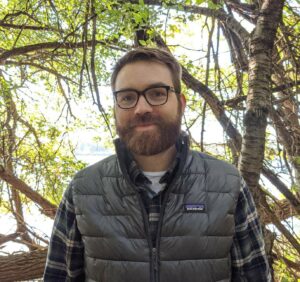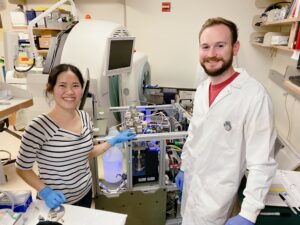Alligator Found on Lake Michigan Beach
South Milwaukee Police find Gator in Grant Park
Original Story: We Are Green Bay
Alligators are native to the southern portion of the United States, which has officials questioning how one ended up on a beach in Wisconsin. According to the South Milwaukee Police Department, officers took a report of an alligator on Lake Michigan Beach in Grant Park.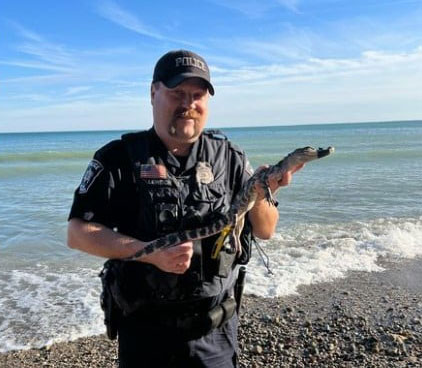
The Milwaukee Area Domestic Animal Control Commission (MADACC) was also called to the scene to assist in taking the alligator into custody safely. Officer Lewison with the South Milwaukee Police Department was able to locate and take the alligator into custody safely. The gator is now in the hands of MADACC.
It’s been quite the last few months for Wisconsin’s lakeshore, as just two months ago in September, five flamingos showed up at a Port Washington beach. Additionally in August, an ultra-rare Roseate Spoonbill was spotted in Green Bay for the first time in 178 years.
Judging from the size of the alligator, it looks like it was an illegal pet release. While folks may not know what to do with pets that they are no longer able to care for, pets should never be released into the wild. Places like the J&R Aquatic Area Animal Rescue can help rehome your pet at no cost. Make sure your pet isn’t the next one on the evening news!
Photo Credit: South Milwaukee Police
Questions? Comments? Contact Chris Acy, the AIS Coordinator covering Brown, Outagamie, Fond du Lac, Calumet, and Winnebago Counties at (920) 460-3674 or chris@fwwa.org!
Follow the Fox Wolf Watershed Alliance’s Winnebago Waterways Program on our Winnebago Waterways Facebook page or @WinnWaterways on X! You can also sign-up for email updates at WinnebagoWaterways.org.
Check out the Keepers of the Fox Program at https://fwwa.org/watershed-recovery/lower-fox-recovery/
Winnebago Waterways and Keepers of the Fox are Fox-Wolf Watershed Alliance programs. The Fox-Wolf Watershed Alliance is an independent nonprofit organization working to protect and restore water resources in the Fox-Wolf River Basin.
Reporting invasive species is a first step in containing their spread. Maintaining and restoring our waters and landscapes can reduce the impacts even when we don’t have other management options to an invasive species.
The post Alligator Found on Lake Michigan Beach appeared first on Fox-Wolf Watershed Alliance.
Fox-Wolf Watershed Alliance
https://fwwa.org/2023/11/17/alligator-found-on-lake-michigan-beach/?utm_source=rss&utm_medium=rss&utm_campaign=alligator-found-on-lake-michigan-beach

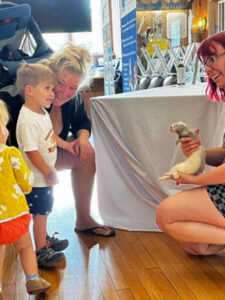
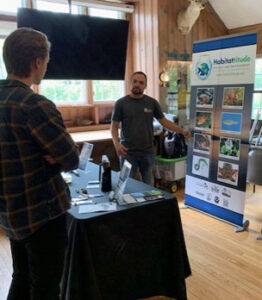 and the environment. Pet Surrender events are now being held across Wisconsin help provide an avenue to pet owners to rehome pets without harming the pet or the environment.
and the environment. Pet Surrender events are now being held across Wisconsin help provide an avenue to pet owners to rehome pets without harming the pet or the environment.